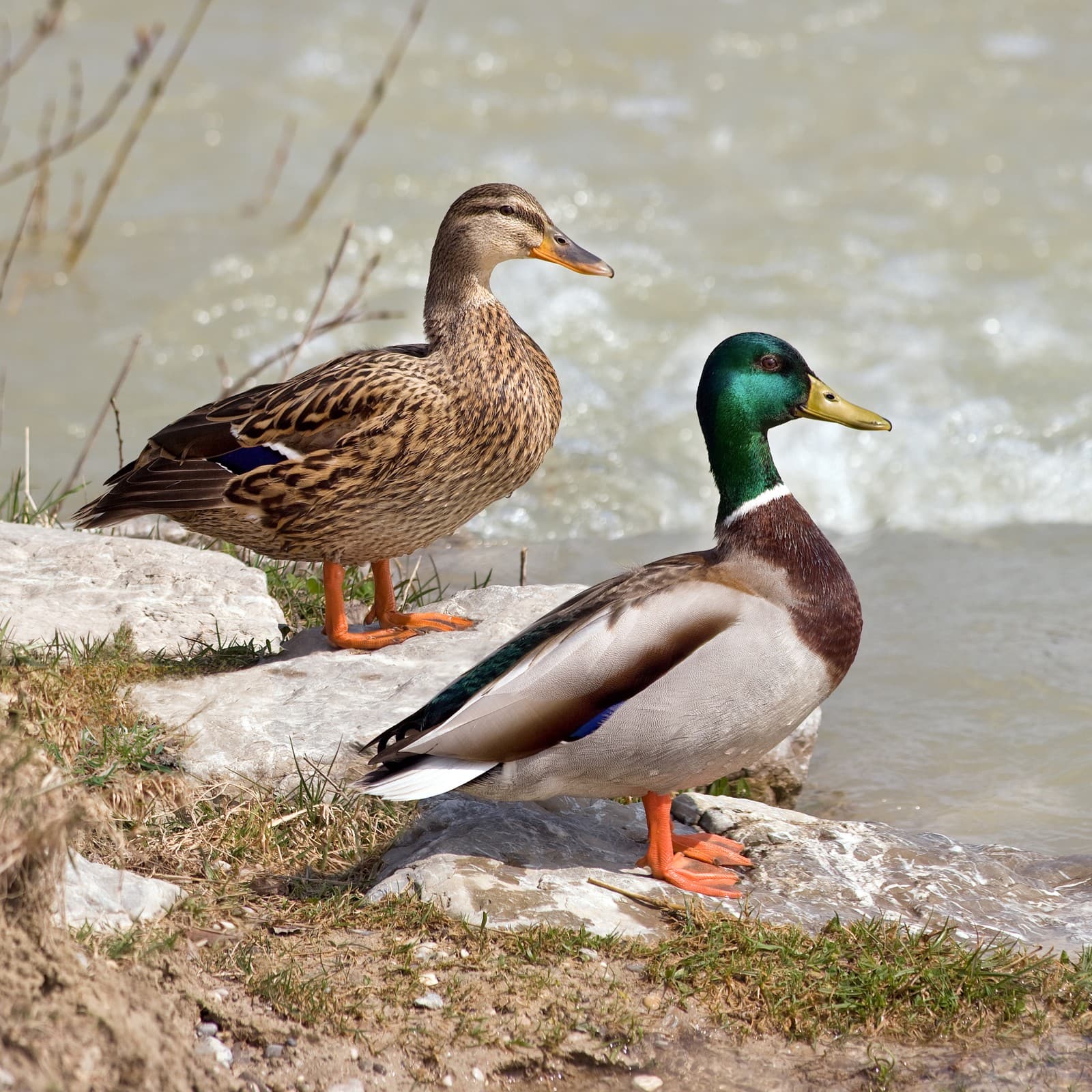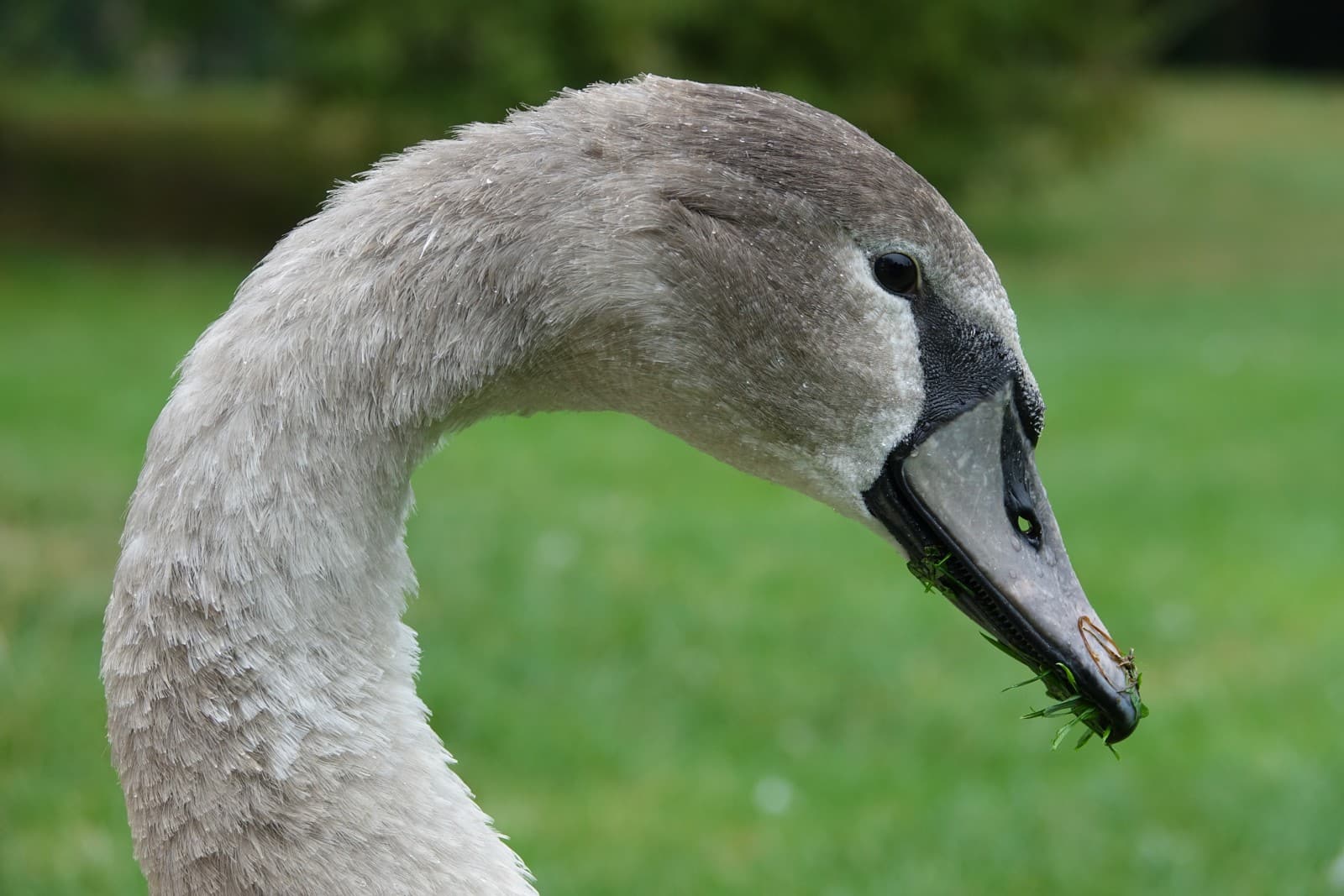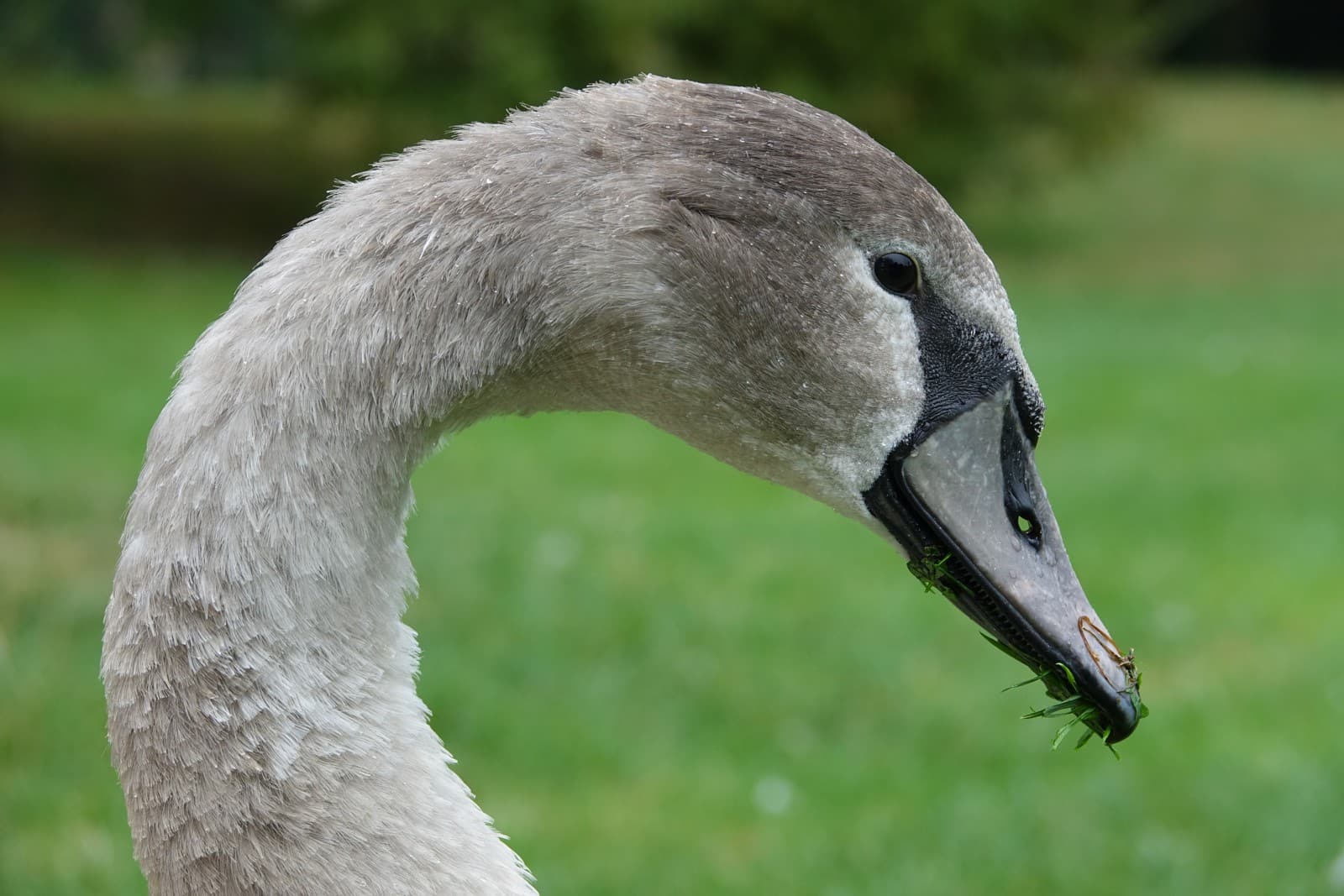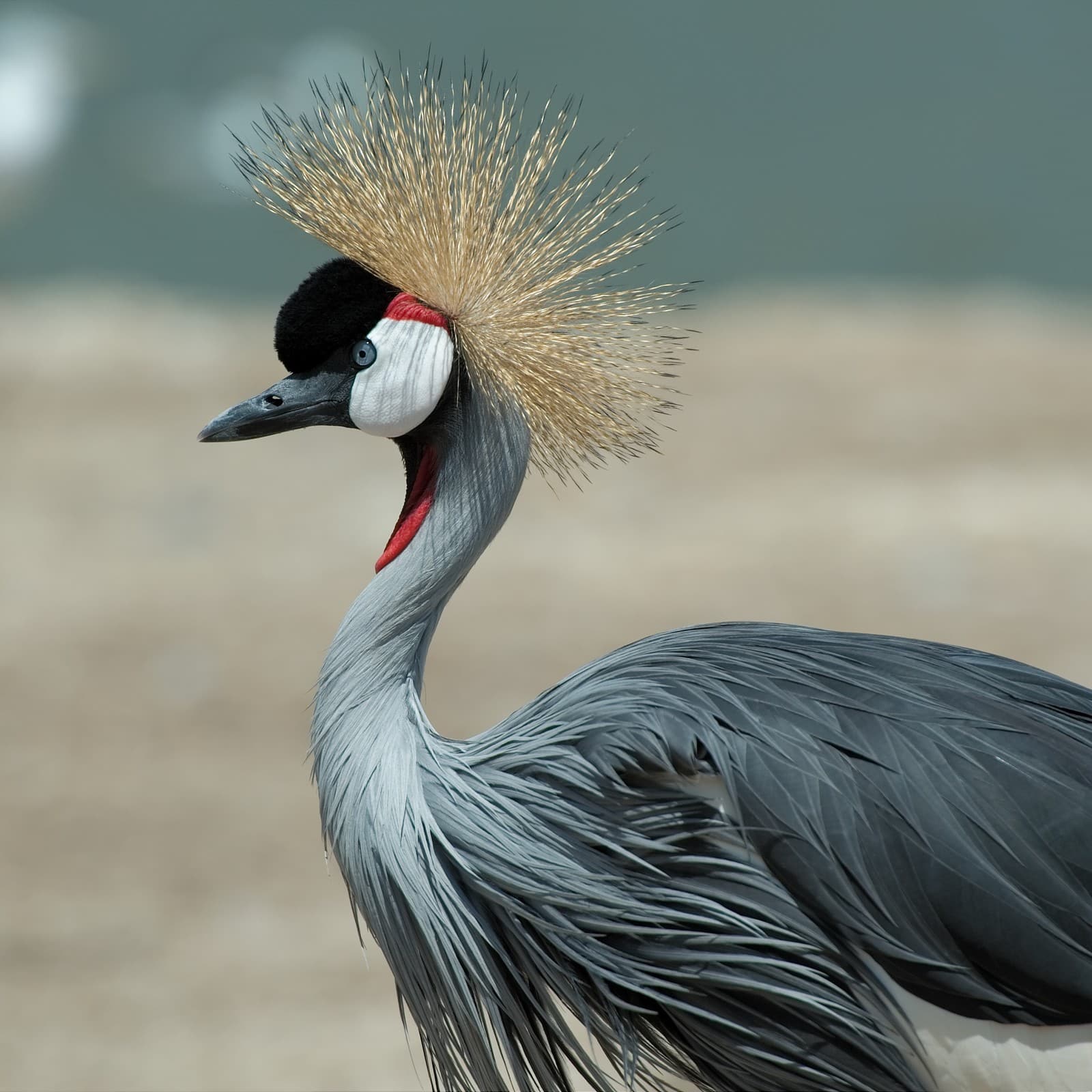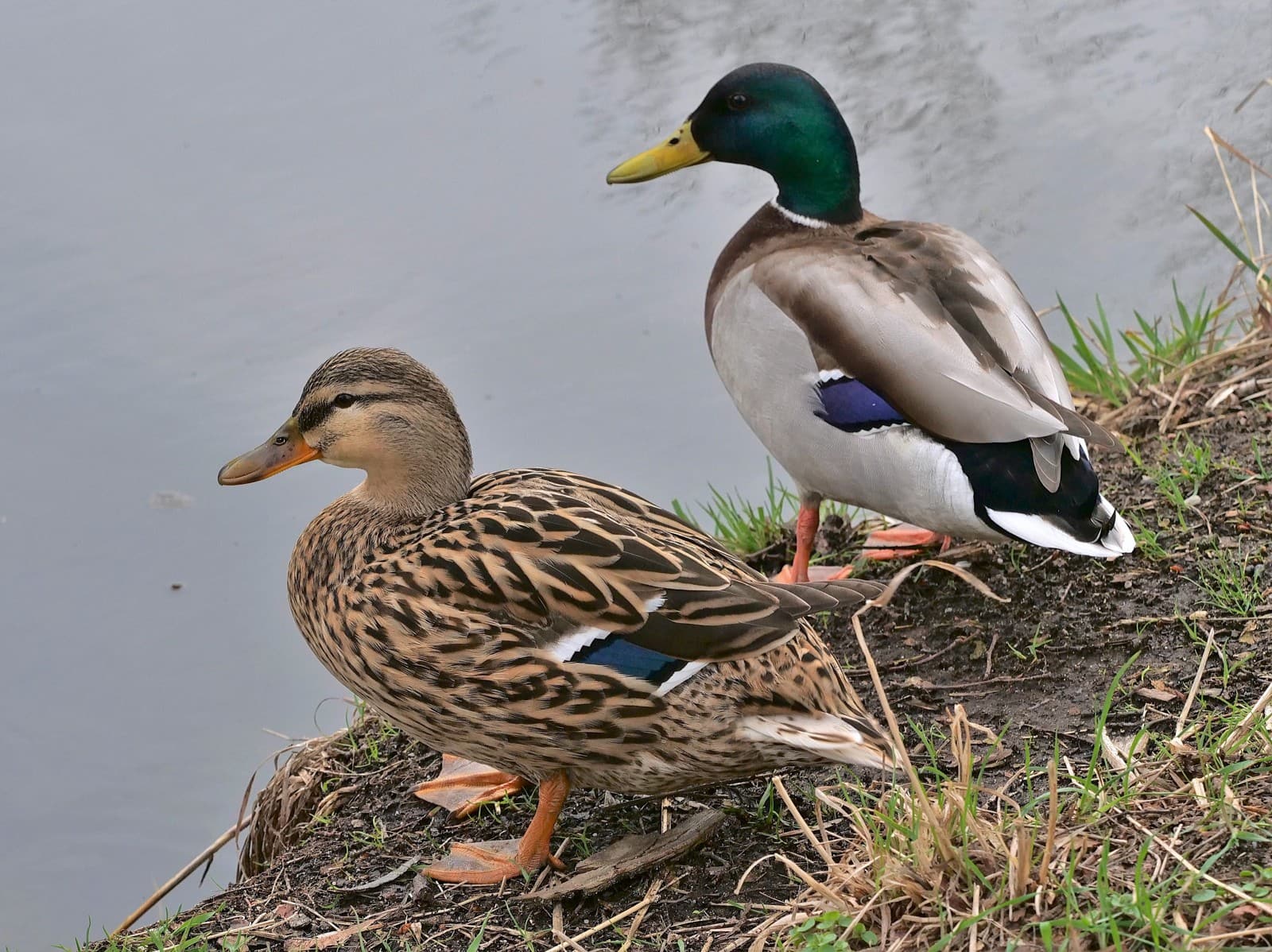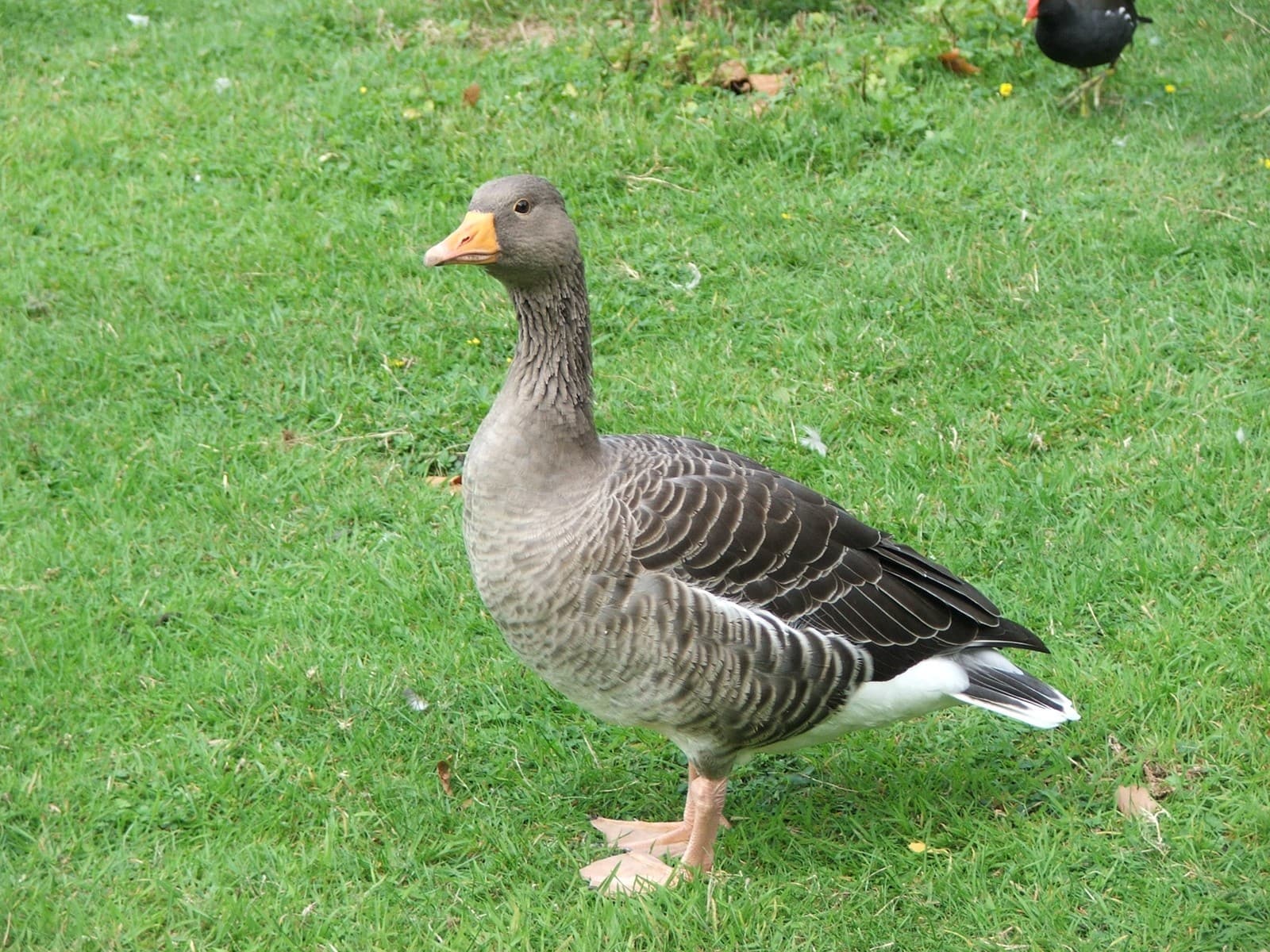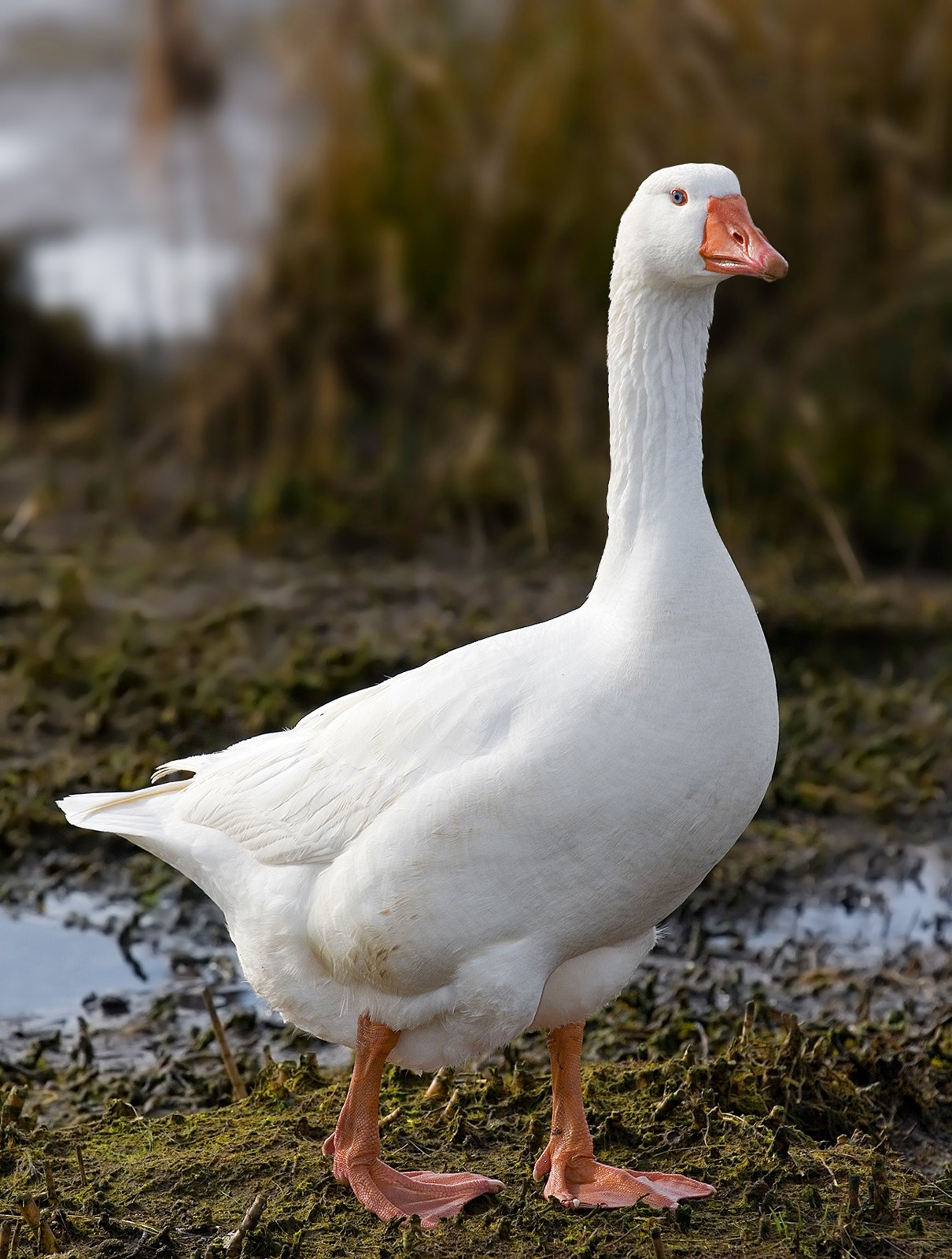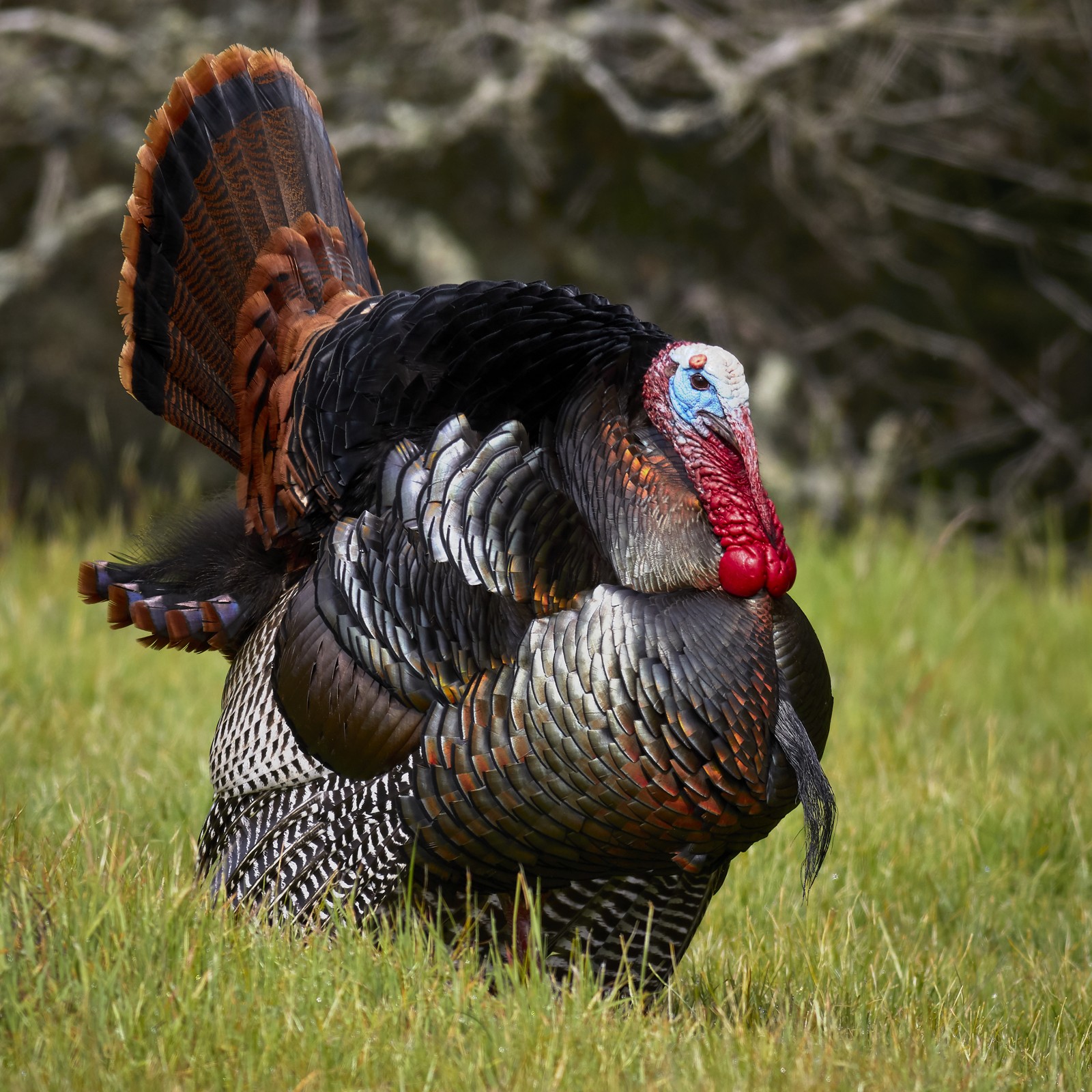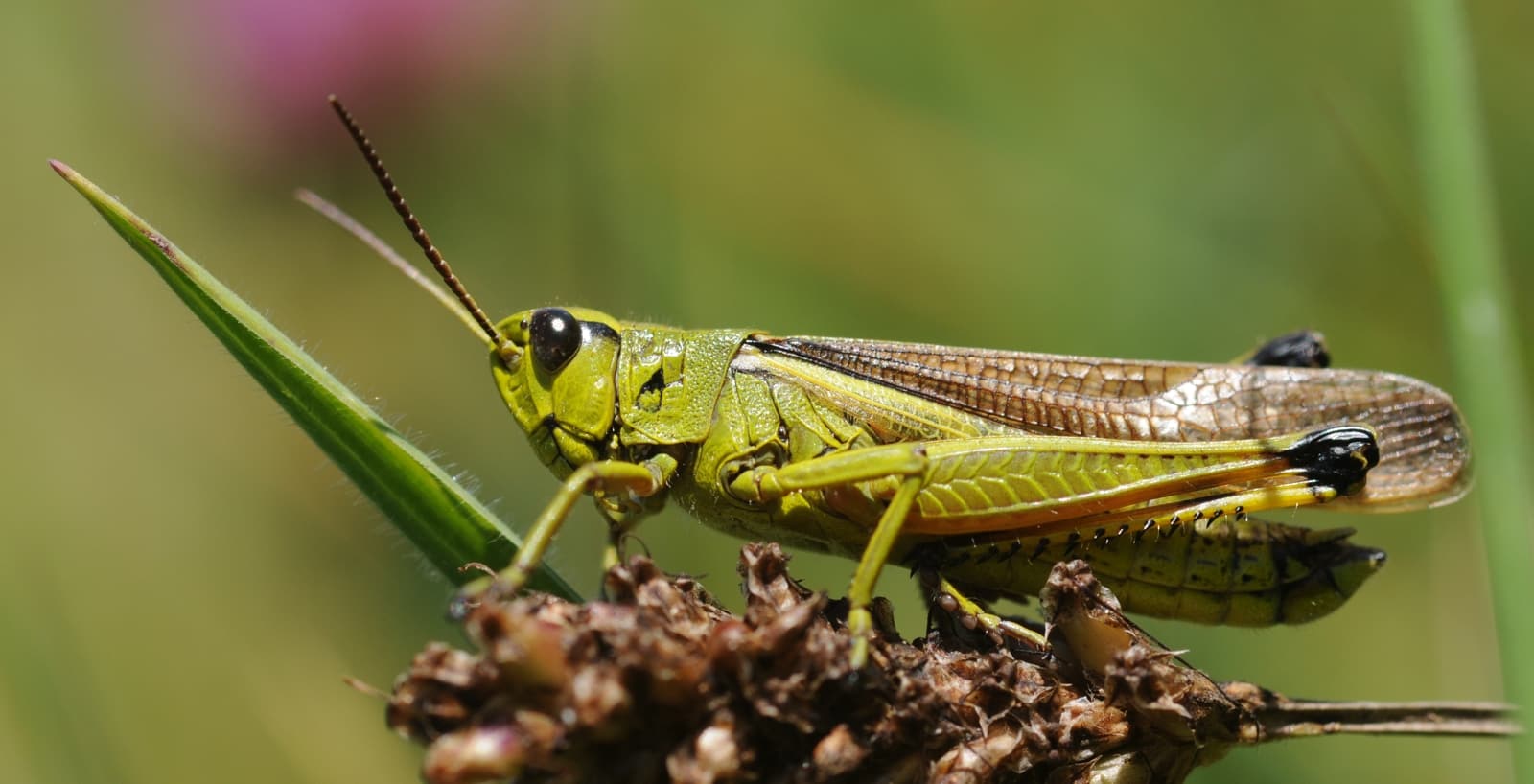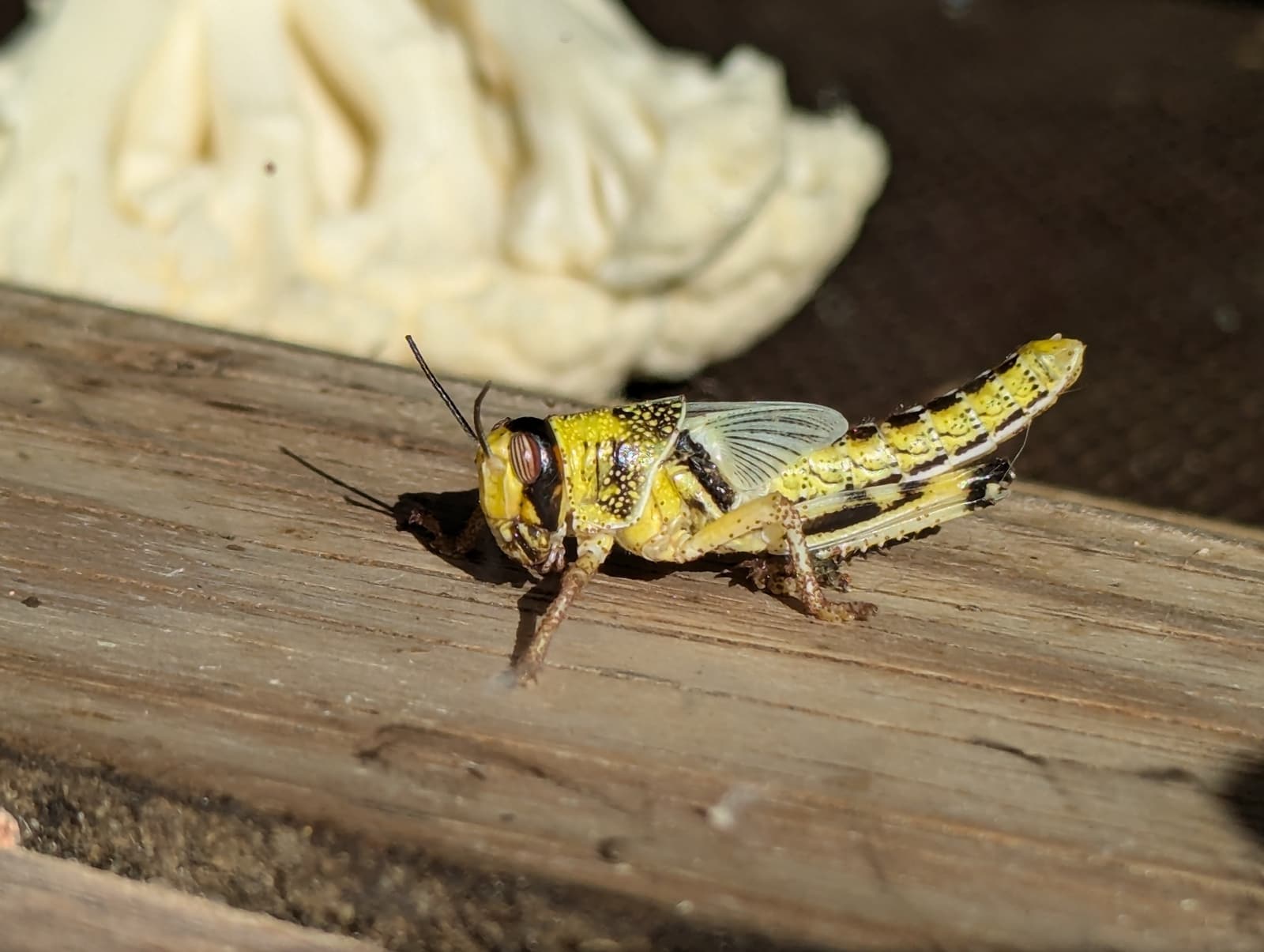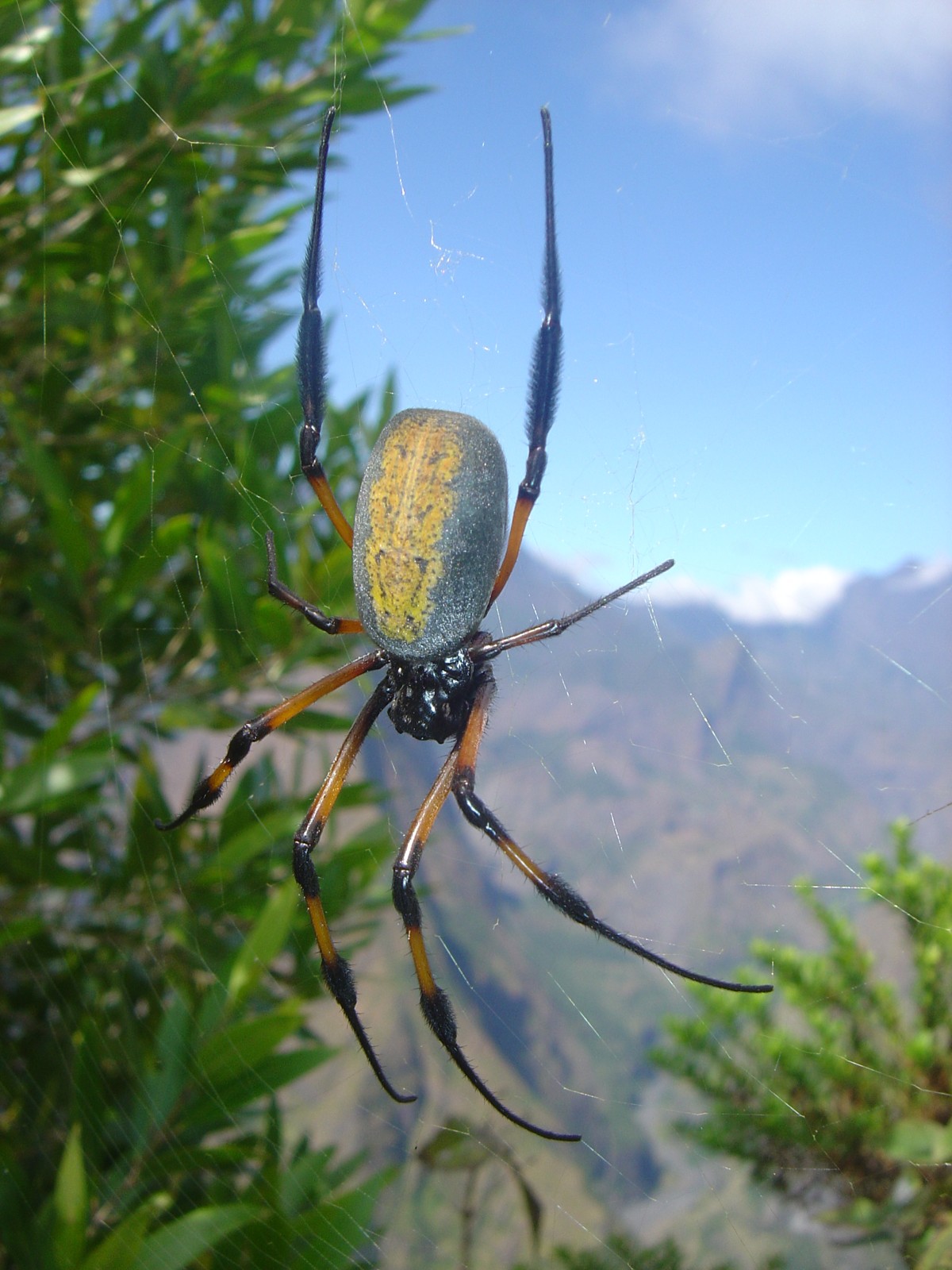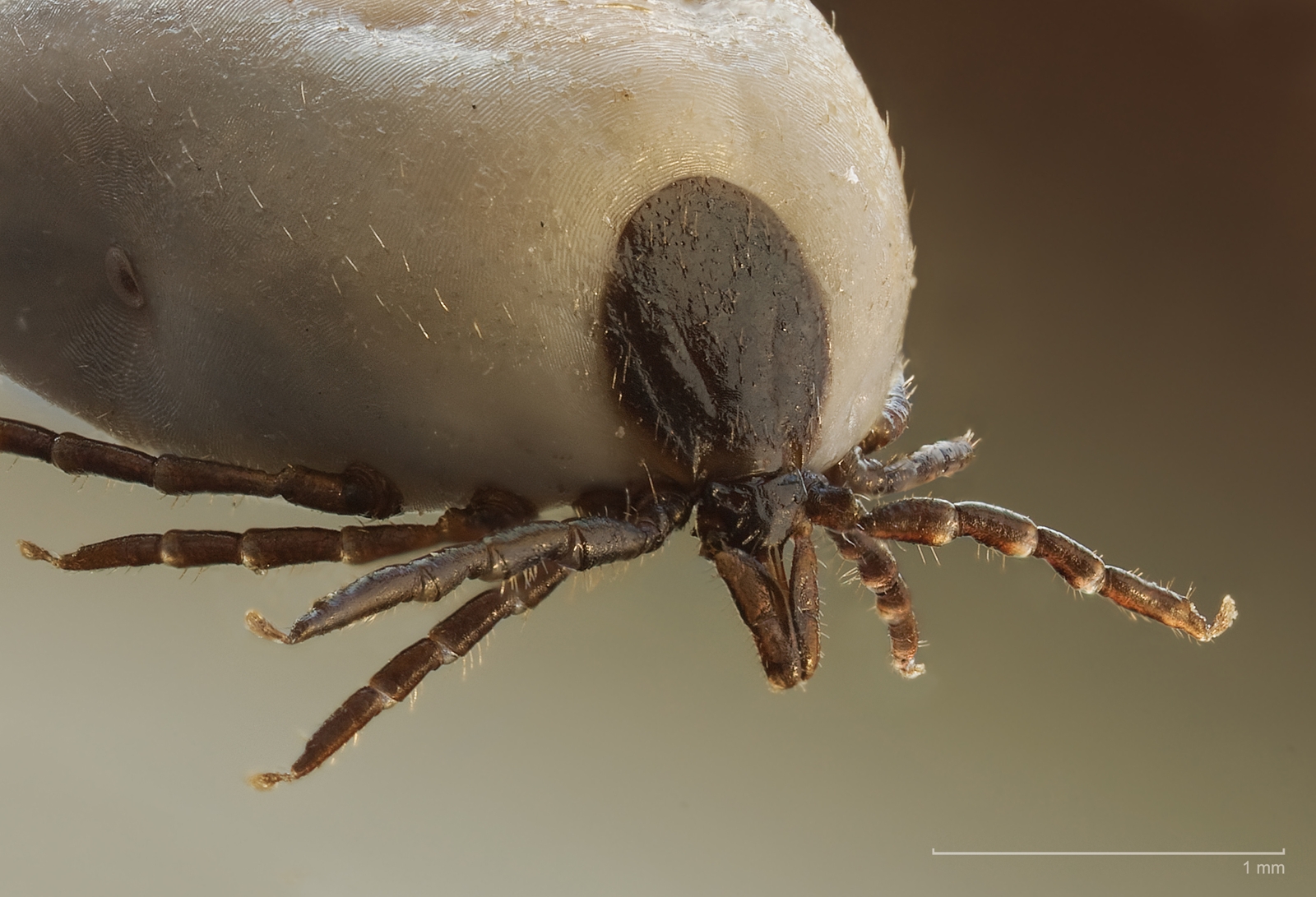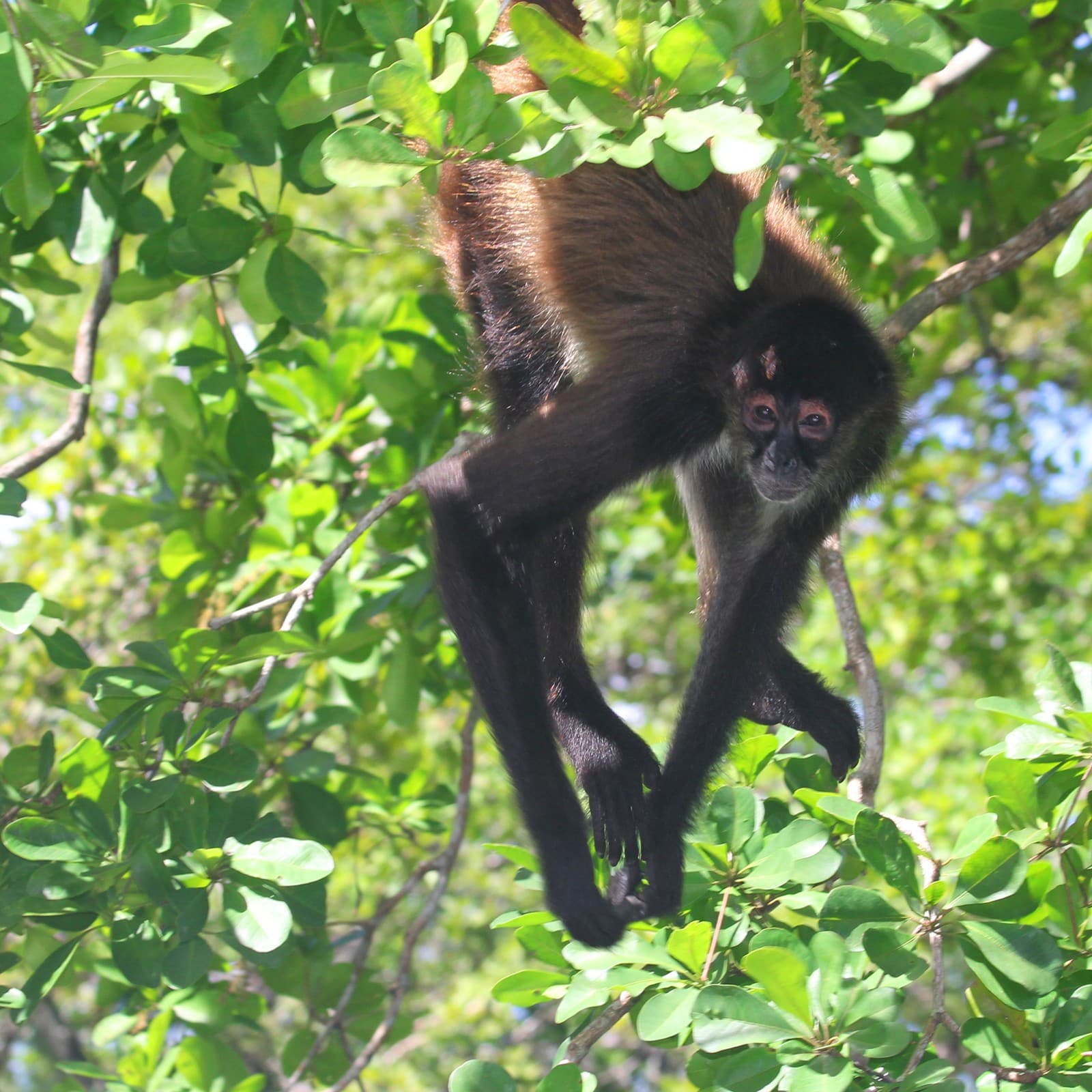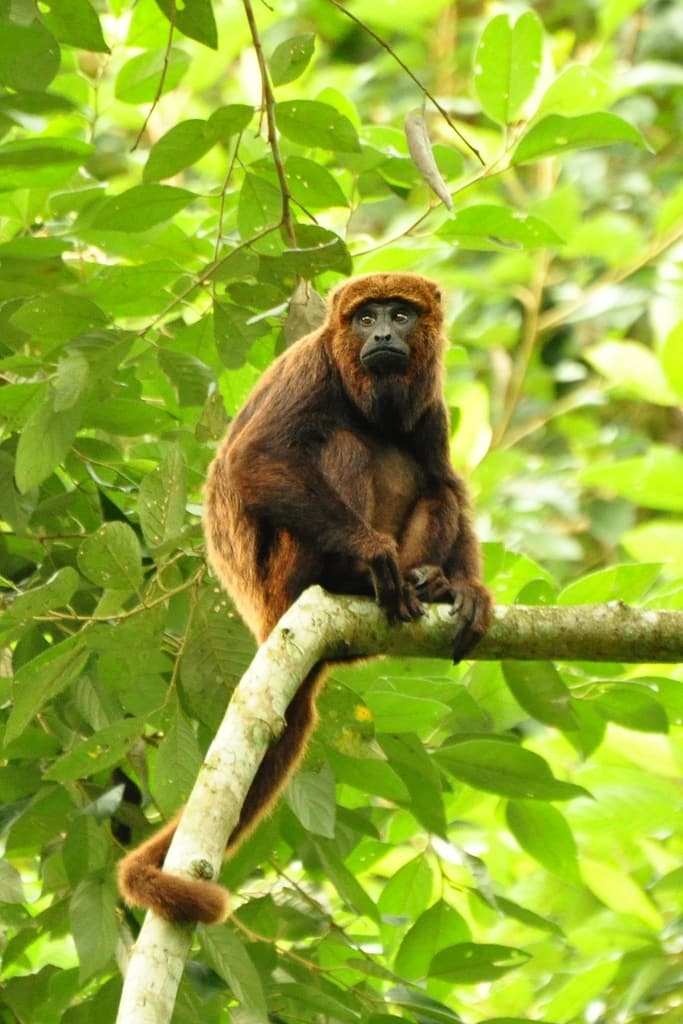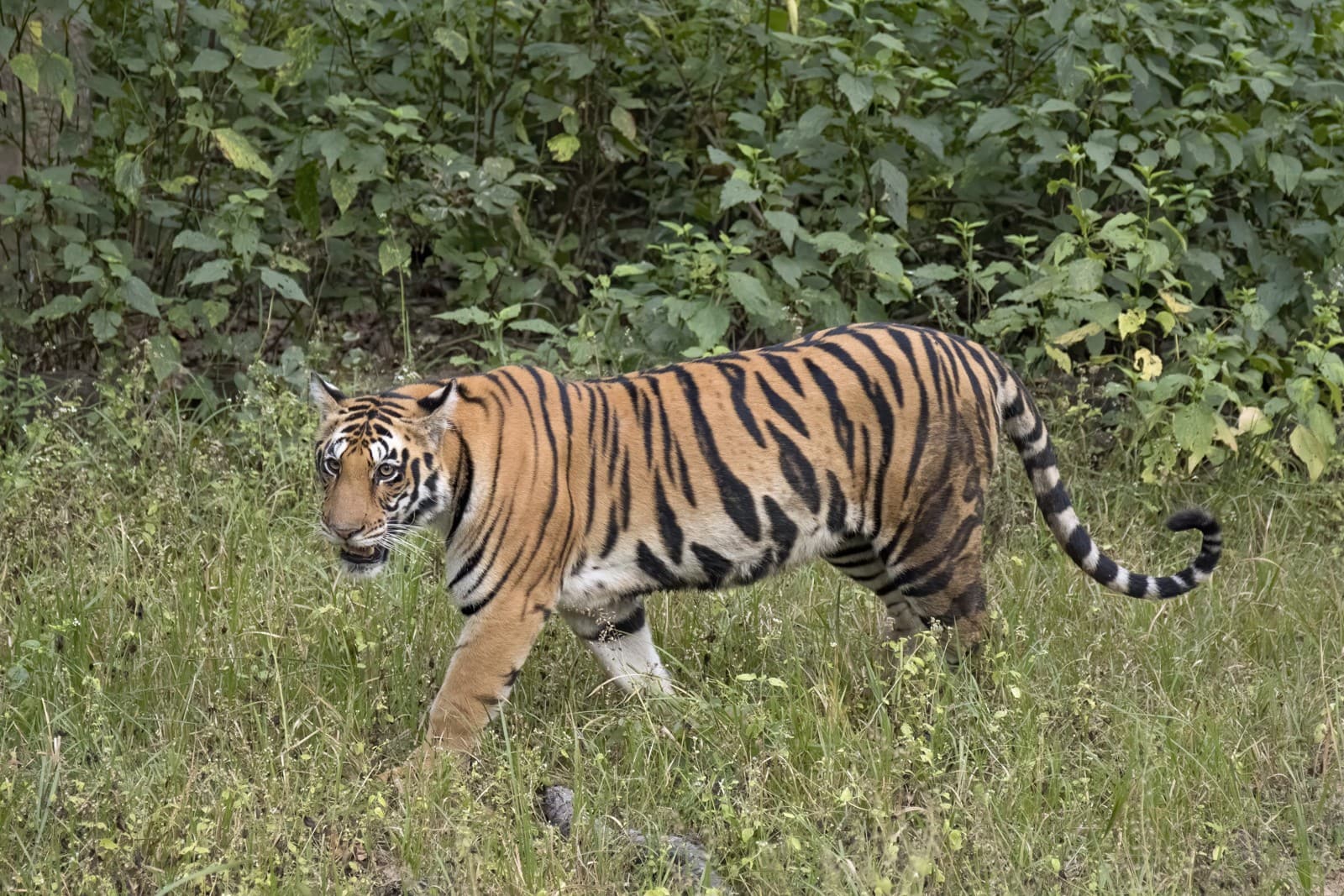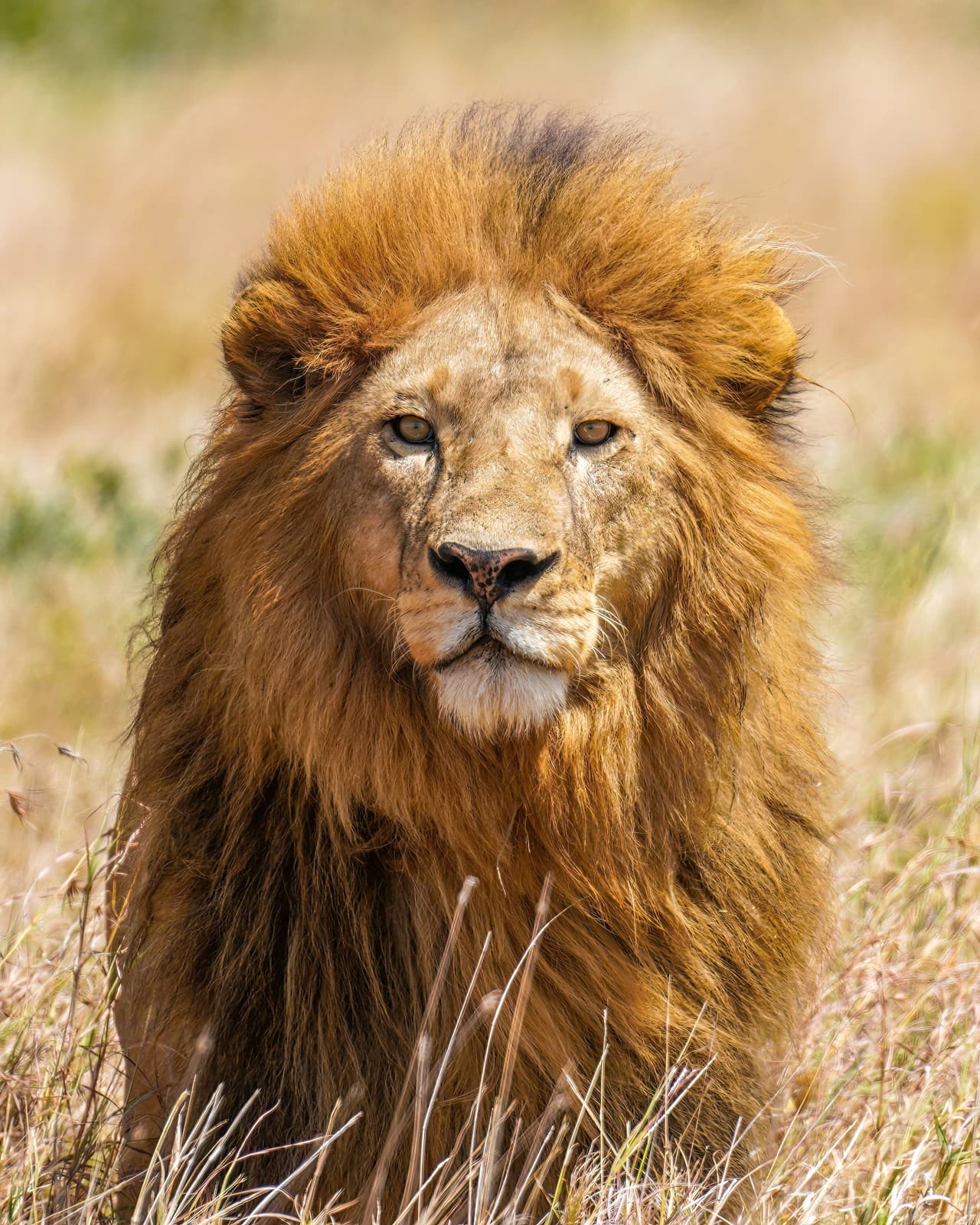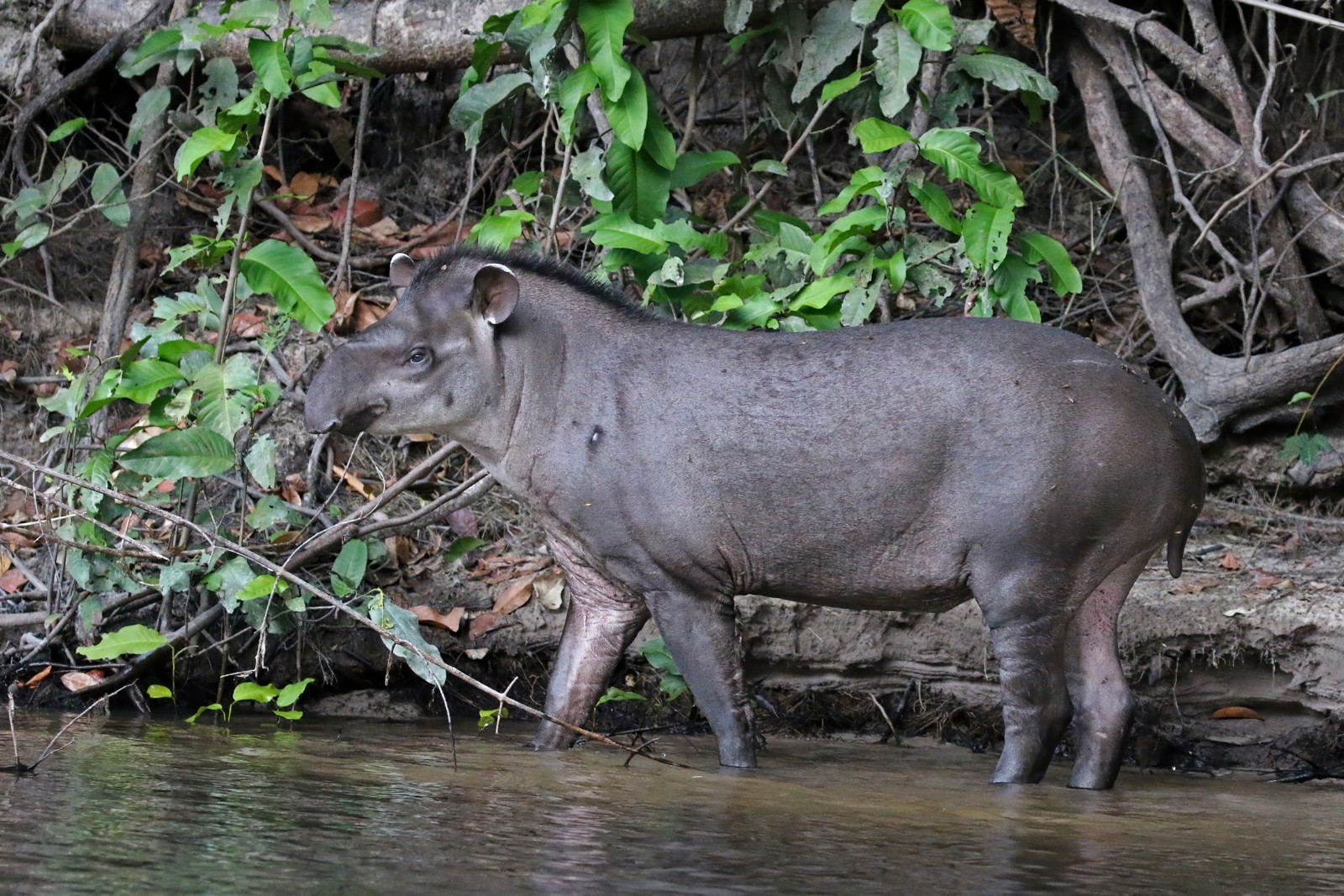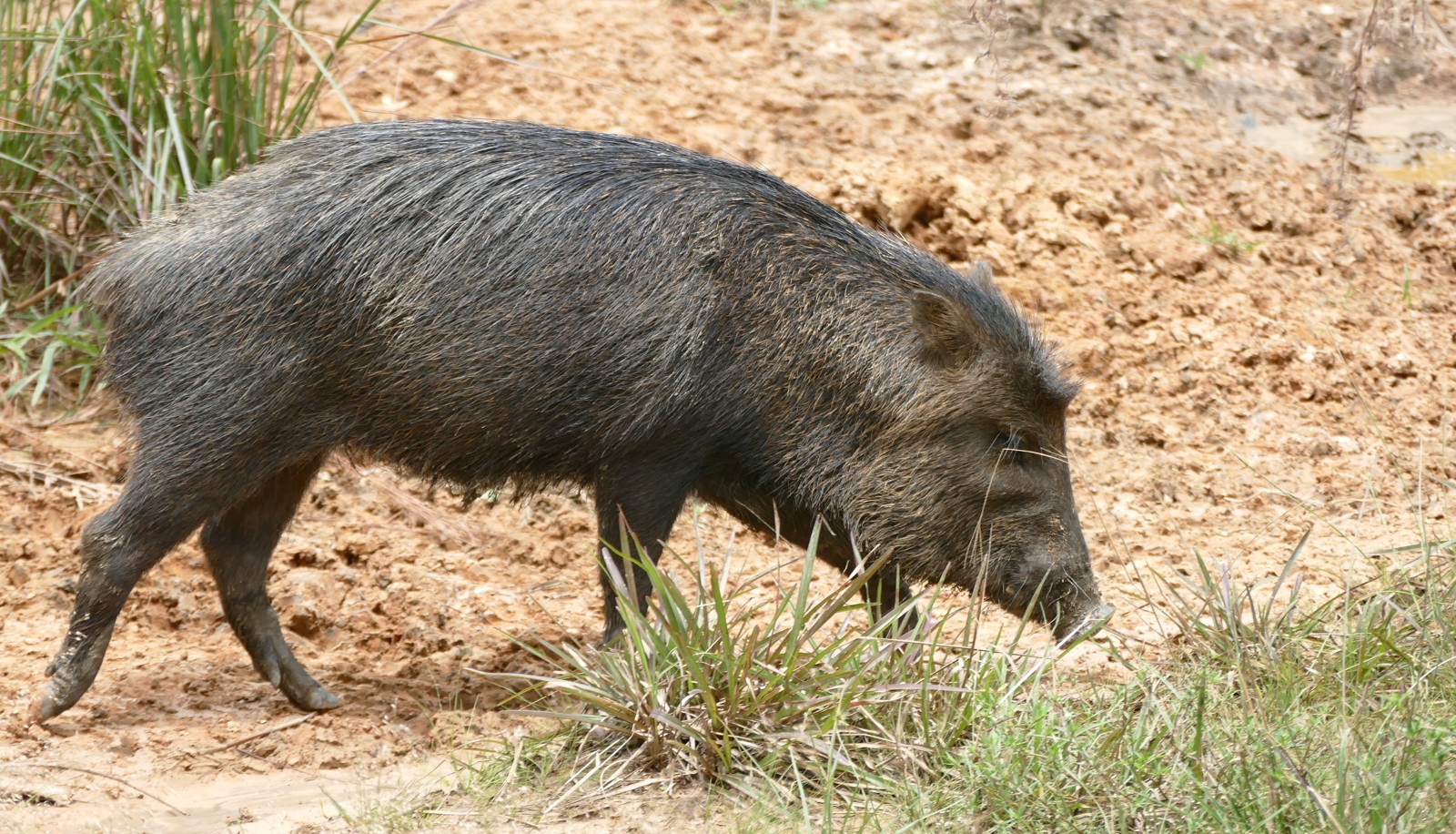Swan vs Goose: A Complete Comparison
While swans and geese belong to the same family of waterfowl (Anatidae), several distinct characteristics set these magnificent birds apart. Swans are generally larger, with adults typically weighing 20-30 pounds (9-14 kg), compared to geese which average 8-15 pounds (3.6-6.8 kg). The most noticeable difference is their neck length – swans possess distinctively longer, more S-curved necks that can reach up to 30 inches (76 cm) in length.
These waterfowl species also differ significantly in their feeding habits and social structures. Swans primarily feed by reaching deeper underwater with their extended necks, while geese are more likely to graze on land. Understanding these distinctions helps wildlife enthusiasts and bird watchers accurately identify and appreciate these remarkable birds in their natural habitats.
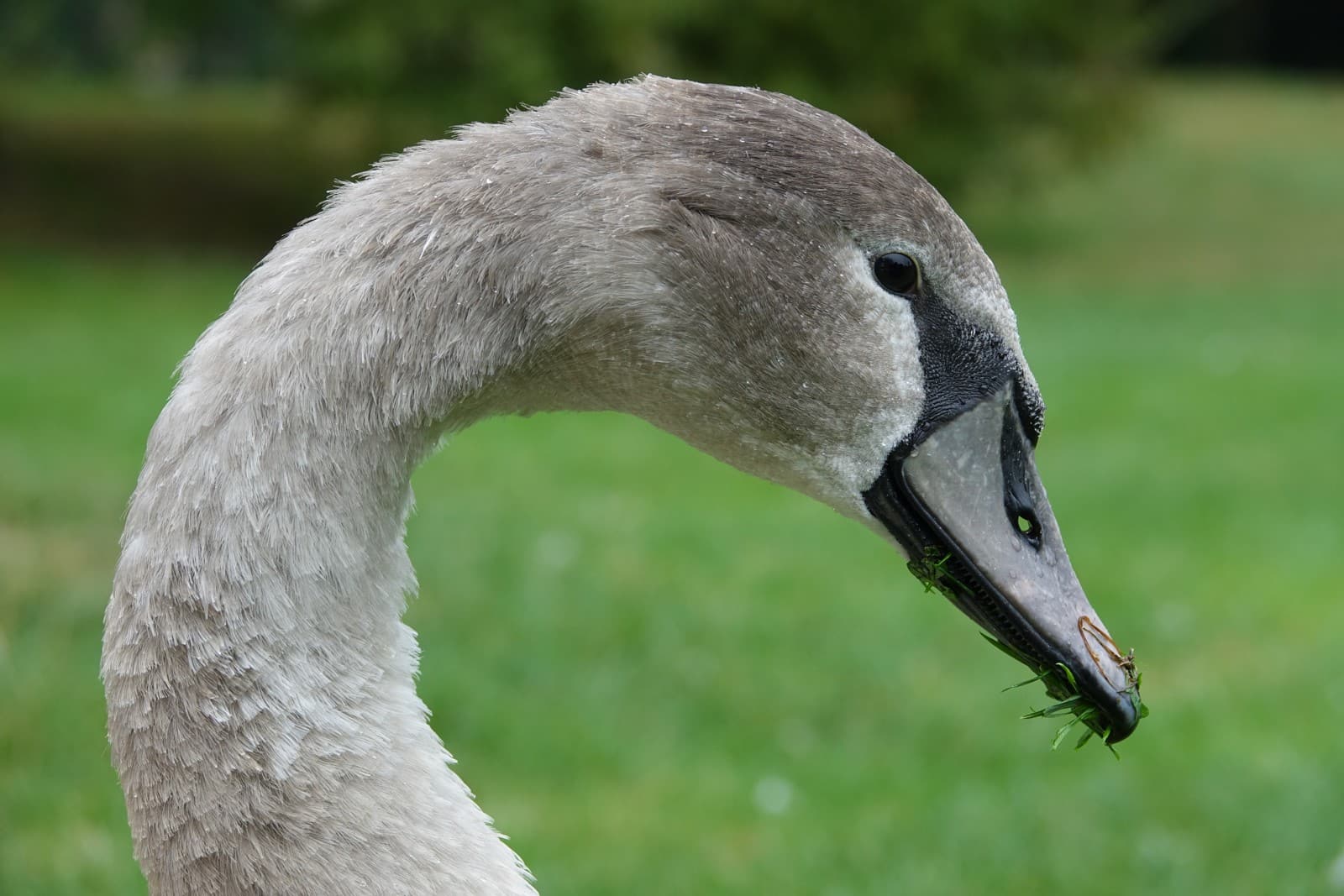
© Gzen92 / CC BY-SA 4.0
The distinctive S-curved neck and elongated profile of the swan showcases its elegant adaptation for deep-water feeding. Note the characteristic black beak with its orange-brown base, a feature that helps distinguish it from most goose species.
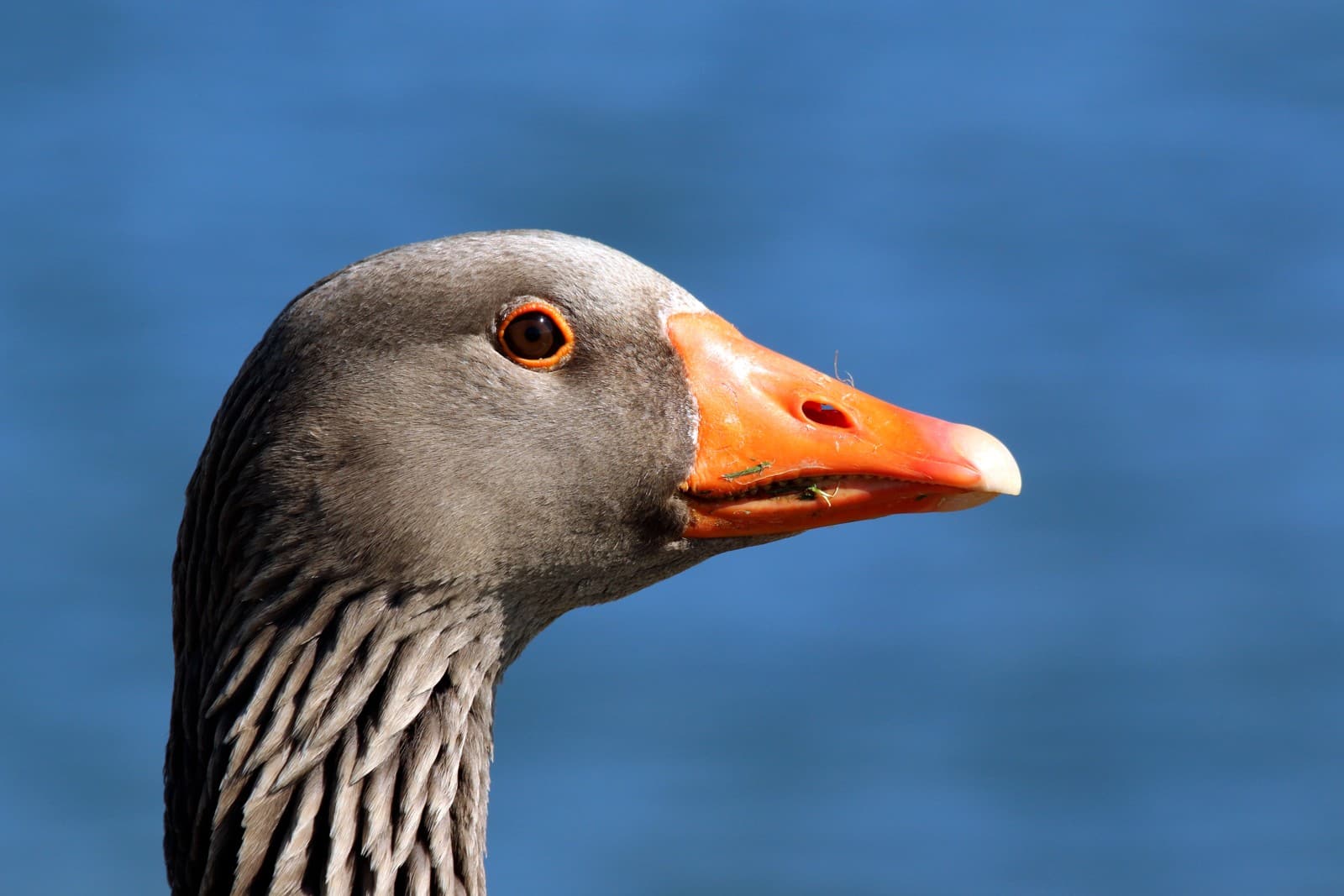
© Charles J. Sharp / CC BY-SA 4.0
The Greylag Goose exhibits the typical shorter, thicker neck characteristic of geese, with distinctive grey-brown plumage and a robust orange-pink bill designed for efficient grazing on land vegetation.
Key Differences Between Swans and Geese
| Feature | Swan | Goose |
|---|---|---|
| Size | 20-30 pounds (9-14 kg) | 8-15 pounds (3.6-6.8 kg) |
| Neck Length | 24-30 inches (61-76 cm) | 10-16 inches (25-41 cm) |
| Feeding Behavior | Primarily underwater feeding | Mainly terrestrial grazing |
| Social Structure | Typically pair-bonded for life, less social | Highly social, form large flocks |
| Habitat Preference | Open water bodies | Varied: water bodies and grasslands |
| Flight Formation | Family groups or pairs | V-formation in large groups |
Habitat and Distribution
Swans generally prefer larger bodies of open water with abundant aquatic vegetation. They require longer takeoff distances due to their size and are most commonly found in lakes, slow-moving rivers, and coastal areas. In contrast, geese demonstrate greater habitat flexibility, readily adapting to urban parks, agricultural fields, and various wetland environments.
Behavioral Differences
Social Structure
While both species form strong family bonds, geese are notably more social, often gathering in large flocks of hundreds or even thousands during migration. Swans typically maintain smaller family units and are more territorial, especially during breeding season.
Feeding Patterns
Swans use their longer necks to reach aquatic vegetation up to 4 feet (1.2 meters) below the surface. Geese have evolved shorter, stronger necks adapted for grazing on land vegetation and crops. Their different beak shapes reflect these specialized feeding strategies.
Breeding and Reproduction
Both species show remarkable fidelity to their mates, typically forming life-long pair bonds. However, their nesting strategies differ significantly:
- Swans build larger nests (up to 6 feet/1.8 meters wide)
- Geese construct more modest nests (2-3 feet/0.6-0.9 meters wide)
- Swan cygnets stay with parents longer (up to 1 year)
- Goose goslings become independent earlier (2-3 months)
Conservation Status and Threats
Both swans and geese face similar conservation challenges, including:
- Habitat loss due to urban development
- Climate change impacts on migration patterns
- Human-wildlife conflict in agricultural areas
- Wetland degradation and pollution
Who Would Win in a Confrontation?
In territorial disputes, swans generally dominate due to their larger size and aggressive defense of breeding territories. An adult swan’s wingspan can reach 8 feet (2.4 meters), significantly larger than most geese at 4-5 feet (1.2-1.5 meters). However, direct confrontations are rare in natural settings as these species typically occupy different ecological niches.
Identification Tips for Observers
Swan Characteristics
- Longer, S-curved neck
- Larger overall body size
- More graceful swimming posture
- Usually pure white in adult plumage (most species)
Goose Characteristics
- Shorter, straighter neck
- More upright posture when walking
- Various color patterns and markings
- More vocal, especially in groups
Understanding these distinctions helps wildlife enthusiasts appreciate the unique adaptations and behaviors of these remarkable waterfowl species, each perfectly suited to their ecological role in wetland ecosystems.
